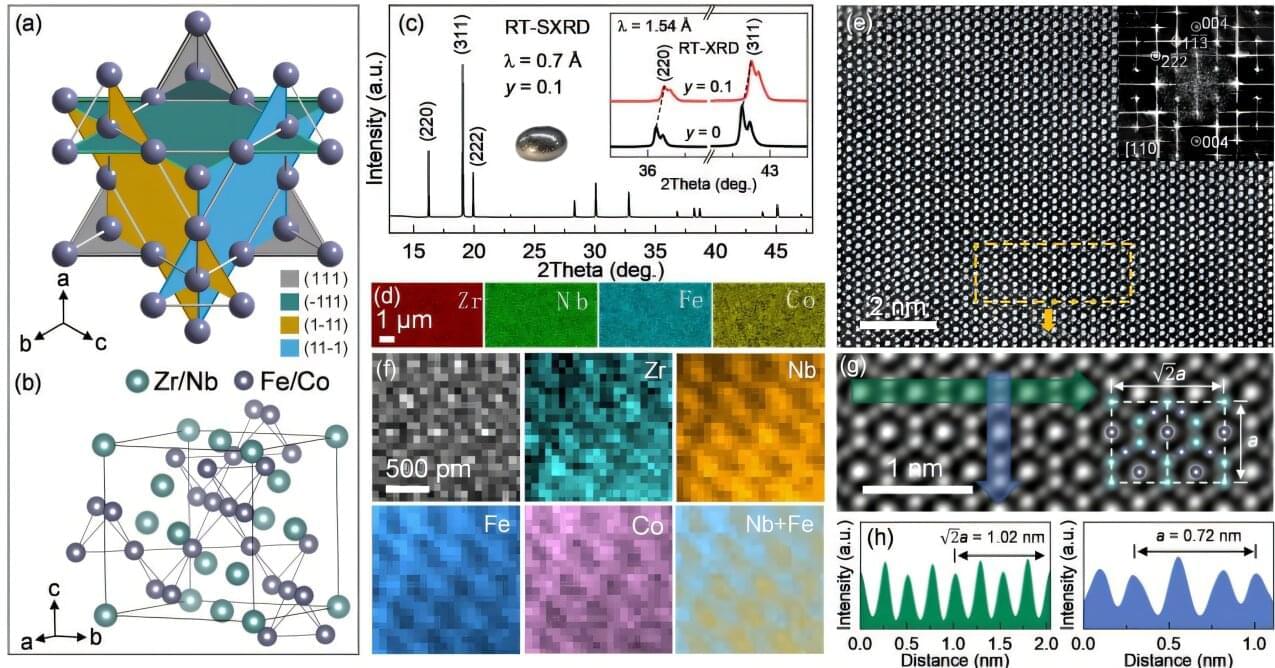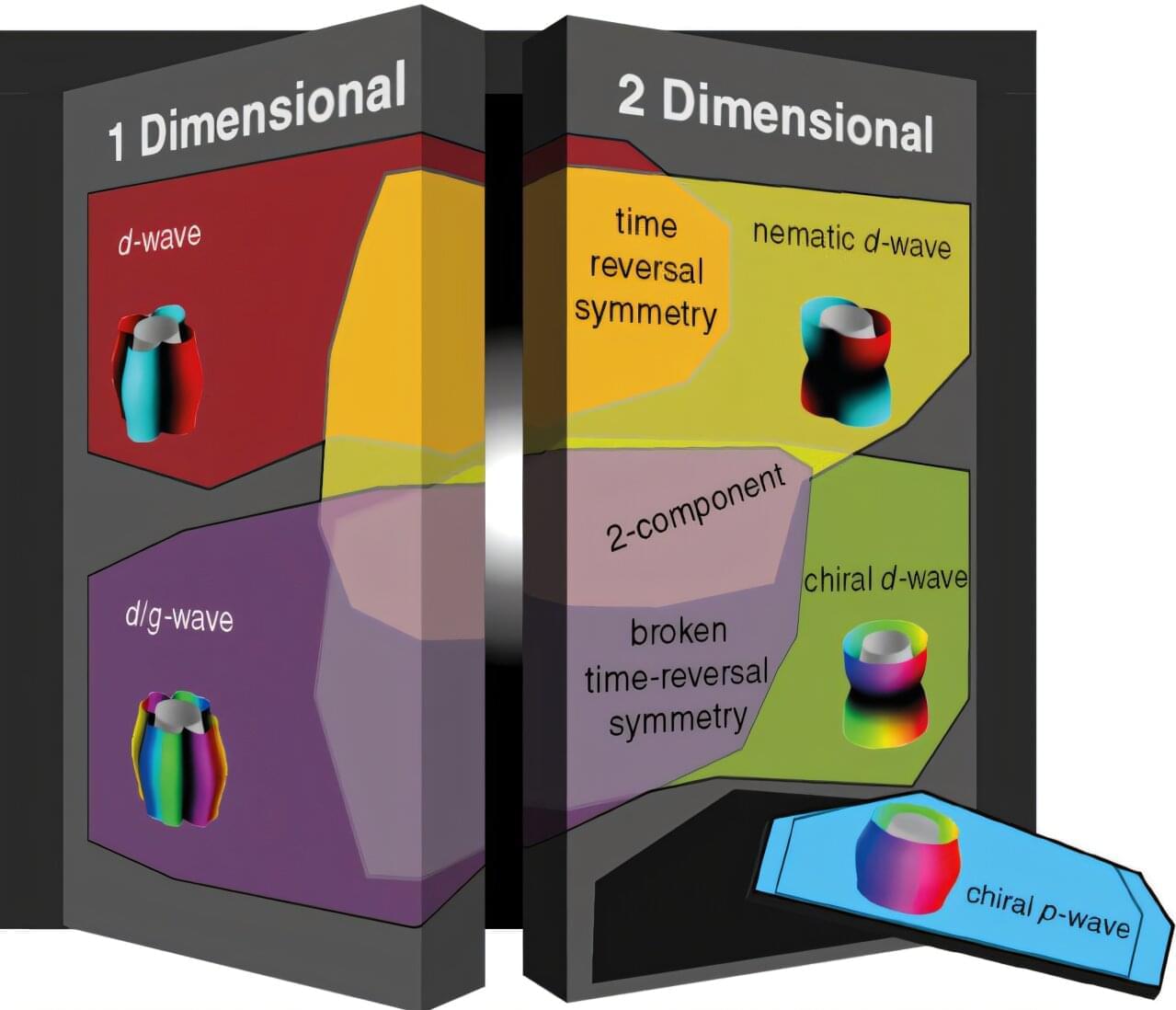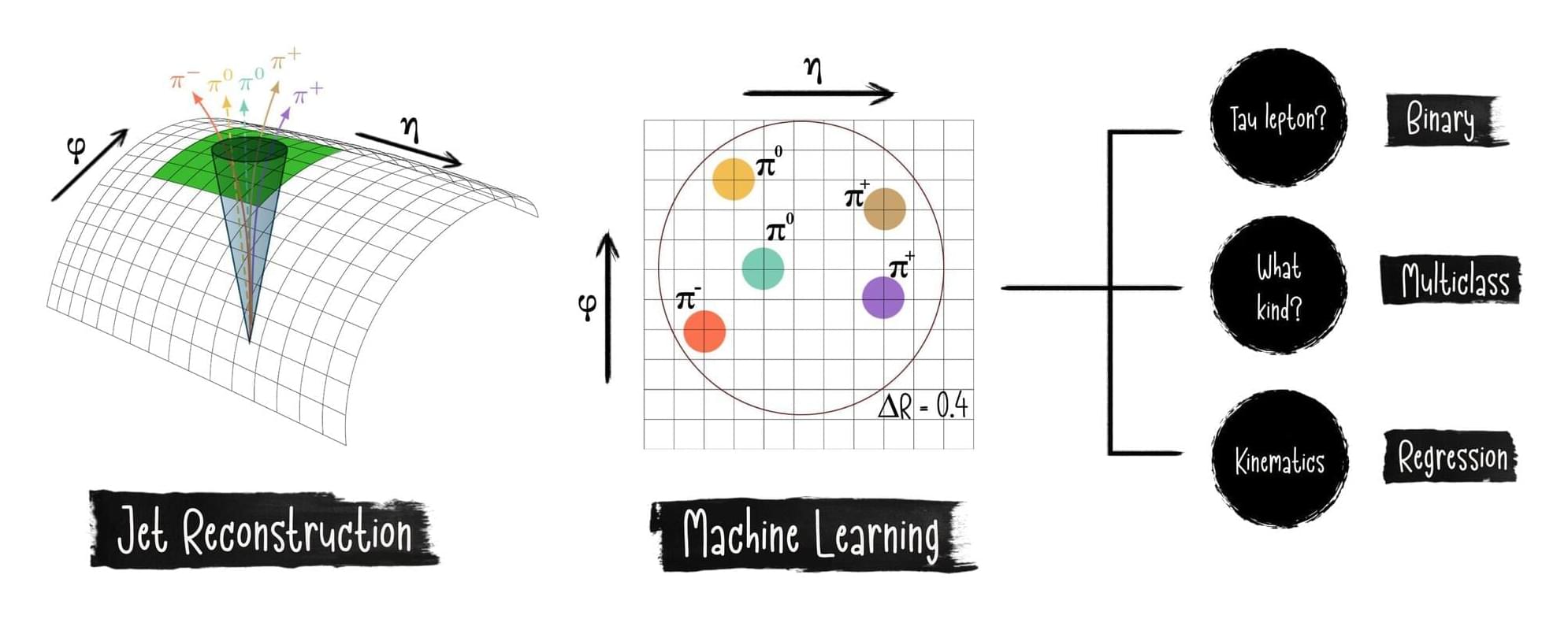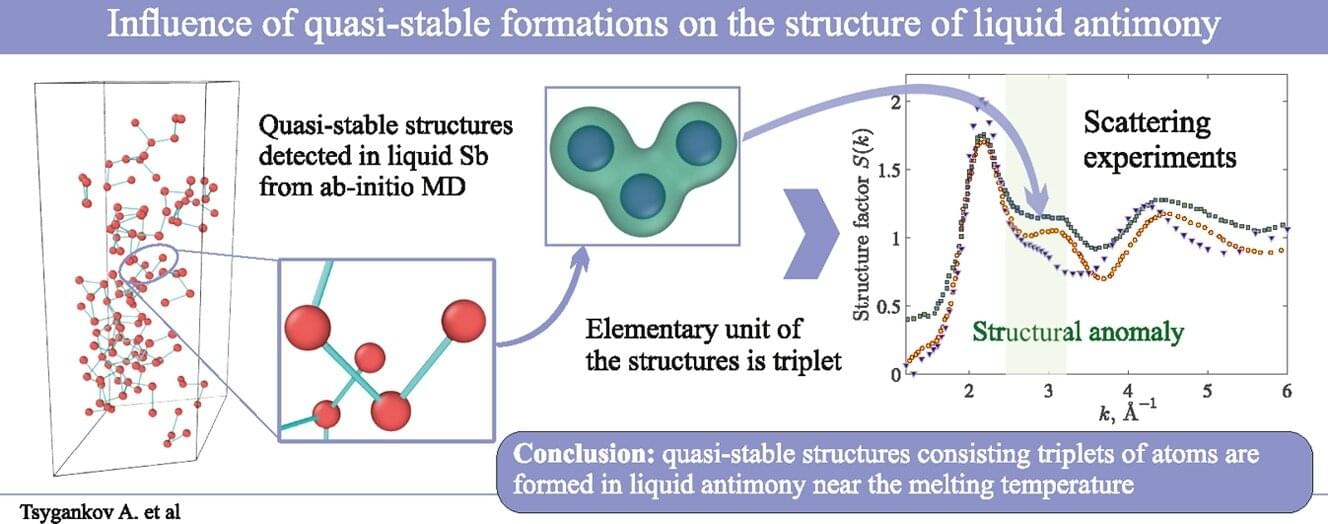A research team led by Dr. Sofia Sheikh of the SETI Institute, in collaboration with the Characterizing Atmospheric Technosignatures project and the Penn State Extraterrestrial Intelligence Center, set out to answer a simple question: If an extraterrestrial civilization existed with technology similar to ours, would they be able to detect Earth and evidence of humanity? If so, what signals would they detect, and from how far away?
Researchers used a theoretical, modeling-based method, and this study is the first to analyze multiple types of technosignatures together rather than separately. The findings revealed that radio signals, such as planetary radar emissions from the former Arecibo Observatory, are Earth’s most detectable technosignatures, potentially visible from up to 12,000 light-years away.
The research is published in The Astronomical Journal.









